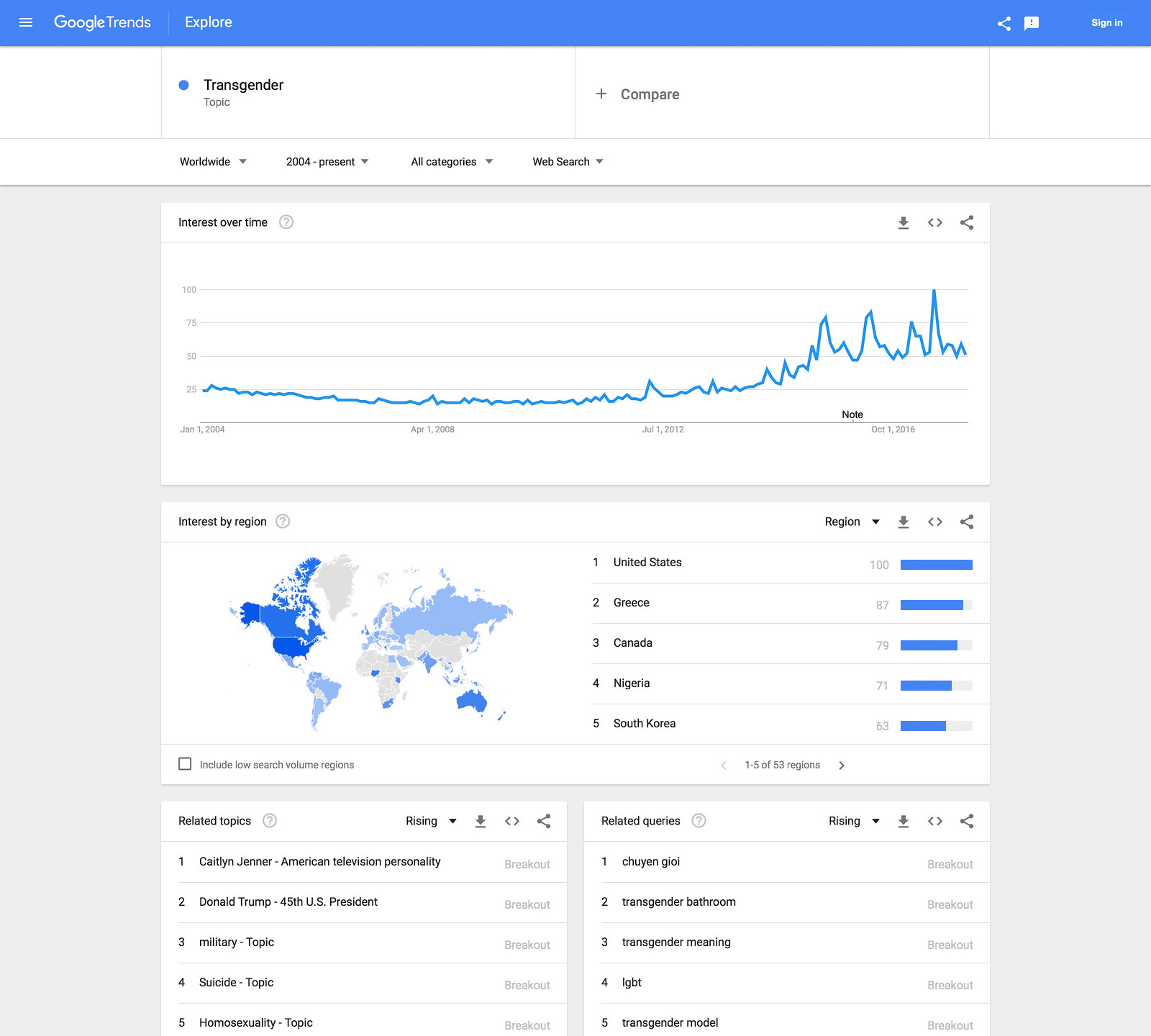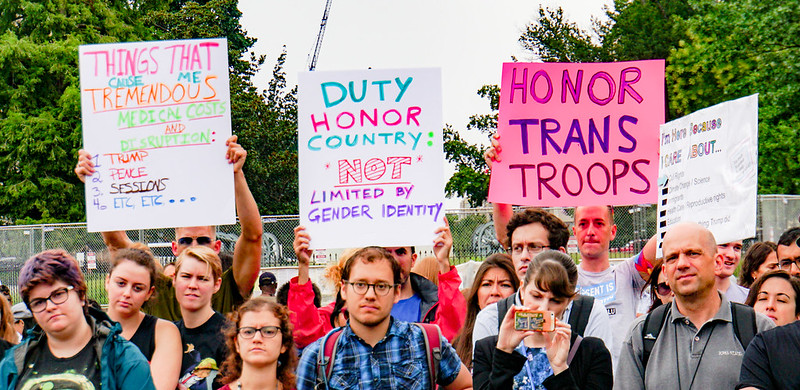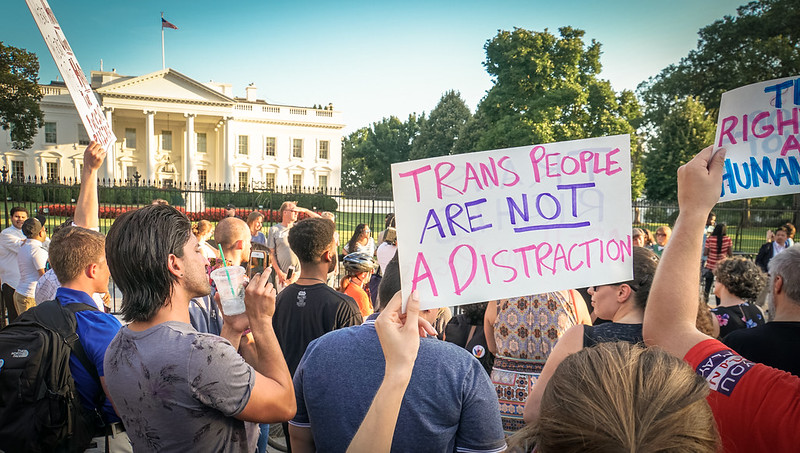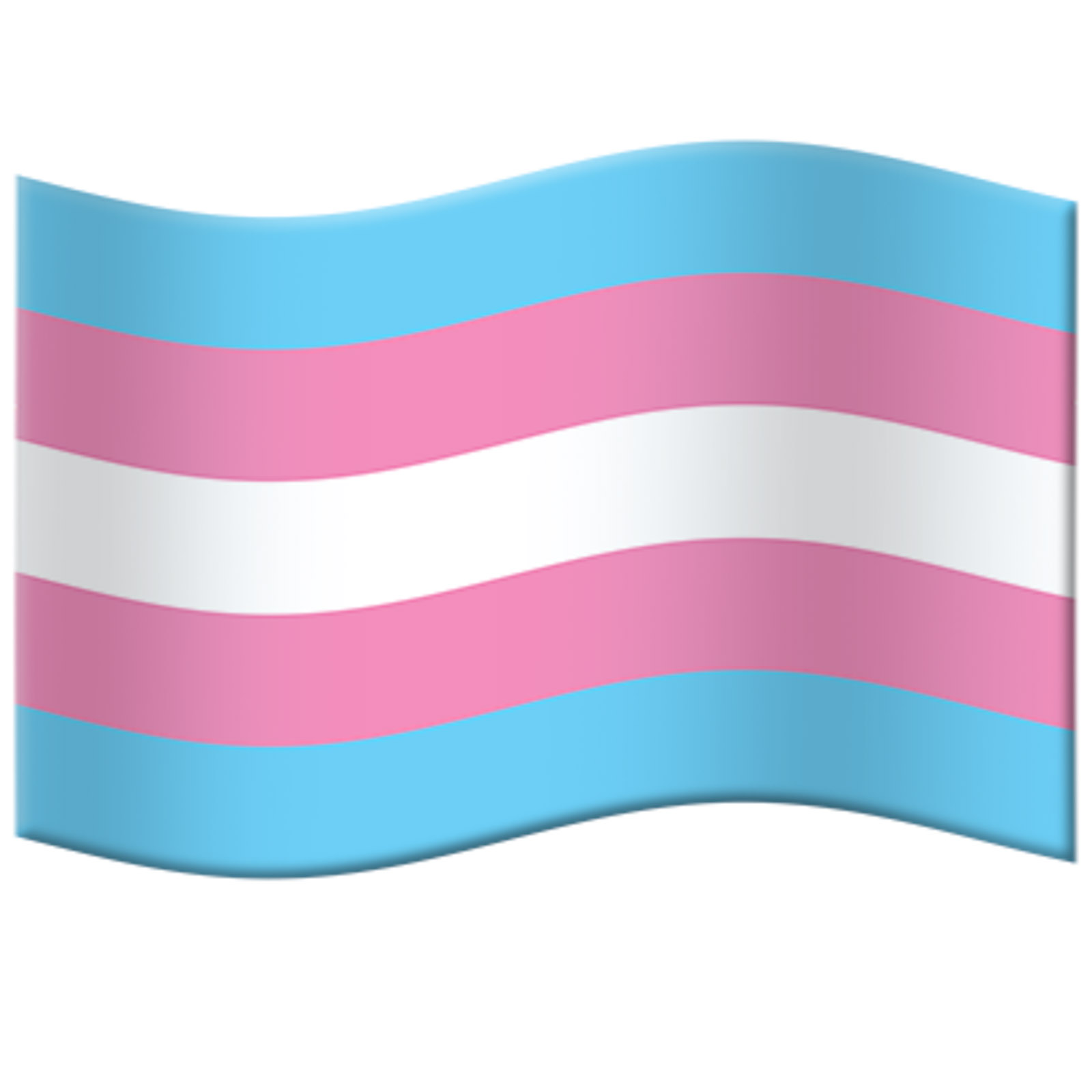
It’s 2018, we’re excited for another fantastic @TransPrideDC, and we are still working and hoping to see transgender representation in the Emoji character set (link to our proposal).
Specifically:
- Transgender and intersex symbols
- The transgender pride flag
Inclusion is the wave of the future; diversity allows the human species to survive 🙂
We received several comments from the @Unicode consortium on our proposal:
As far as data goes, it would be helpful to include comparisons to the sum of the values terms such as for ‘gay’, ‘lesbian’, ‘bisexual’. Comparisons of usage of flags for transgender vs other causes or identity groups would be helpful.
It’s a good request. To keep things orderly, and because we don’t have that much room in the proposal itself, I’m posting what I learn here so I can keep track of it. Our presumption that this is to gauge usage.
In our first proposal we used Google trends to look at the terms “transgender” and “LGBT” in one set, and “Transgender emoji,” “LGBT emoji,” and “Pride flag emoji.”
- Using search terms, rather than topics, however, nets a less accurate sampling because search terms are language specific, so I’ve redone those as topics, in 12 month and 14 year horizons.
- I used all different combinations and am posting the ones that offer the most information – for example there’s no topic of “lesbian” in Google trends, it’s bundled under LGBT (topic)
First, starting with the Topic (not the search term) of Transgender, as a baseline:
See Interest over time on Google Trends for Transgender – Worldwide, 2004 – present – https://g.co/trends/AQcux
Interpretation



- Awareness has been increasing steadily, and peaks in July, 2017, when the U.S. Government proposed a ban of transgender people in the military. It’s these times when more awareness happens rather than less, and usually with positive sentiment.
- Globally, the topic is more prevalent in the North and South America, Eurpoe, Australia, and parts of Africa
You can see things more clearly if we just look at the previous 12 months:
See Interest over time on Google Trends for Transgender – Worldwide, Past 12 months – https://g.co/trends/yZGRx
Now, overlay other related topics for a comparison
See Interest over time on Google Trends for Transgender, LGBT, lgbtq – Worldwide, 2004 – present – https://g.co/trends/pVaLY
Interpretation
- There’s no “LGBTQ” topic, only “LGBT” in Google trends, and this designation is newer in history
- The “Transgender” and “LGBTQ” topics travel together in interest, and “Transgender” has greater interest than “LGBT” on average over this time period
Global differences are striking – note the interest in “LGBT” over “Transgender” in Eastern Europe, Asia, and South America
See Interest by region on Google Trends for Transgender, LGBT, lgbtq – Worldwide, 2004 – present – https://g.co/trends/gDav2
See Interest over time on Google Trends for LGBT, Transgender, Bisexuality, Homosexuality – Worldwide, 2004 – present – https://g.co/trends/xrXDk
Interpretation
- There is better understanding of the fact that “Homosexuality” does not encompass the worlds of “LGBTQ” anymore in society because of greater scientific understanding of the difference between sexual orientation and gender identity (this is good)
See Interest over time on Google Trends for LGBT, Transgender, Bisexuality, Homosexuality – Worldwide, Past 12 months – https://g.co/trends/hXu9y
Interpretation
- Again, it can be seen here that interest in the “trangender” topic is on par with the other topics of “homosexuality” and “LGBT”
- Similar differences exist in terms of global interest of each topic
See Interest by region on Google Trends for LGBT, Transgender, Bisexuality, Homosexuality – Worldwide, Past 12 months – https://g.co/trends/kyBVw
In terms of searches for emoji, there are no topic yet for these, so I used search terms.
Since emoji is a recent phenomena, relatively speaking, I set the time horizon as 12 months
See Interest over time on Google Trends for pride flag emoji, transgender emoji – Worldwide, Past 12 months – https://g.co/trends/FzbPE
If I throw in additional search terms (again, not topics), here’s what it looks like
See Interest over time on Google Trends for pride flag emoji, transgender emoji, lgbt emoji, gay emoji – https://g.co/trends/HsDZZ
Interpretation
- Interests in a “transgender” emoji are in the league of interests for others
- These data are very imprecise because these entities can be searched for in many different ways
My Conclusions
- The data shows that the concept of “Homosexuality,” a monolithic and incomplete description of LGBTQ communities is devolving, to ones of greater precision and accuracy
- Interest in the topic of gender identity has become equal to, and in many cases surpasses interest in topics related to additional sexual and gender minority identities. I think this is also good, because medical practice is still catching up to the science (As I like to say, the 20th Century was a long time ago and it’s not coming back)
Limitations of the question asked of us
- Unfortunately, we can’t fully assess the question proposed to us by Unicode because the categorization of the data doesn’t exist at the level they asked for, so this will have to suffice
- How can we know how other flag symbols will be used if they are not available to use?
- And…shouldn’t it suffice? Read on….
- Additionally, using the term “transgender” is problematic because it means different things to different people. Ipsos-Mori just completed this survey in collaboration with the Williams Institute where they explicitly did not use the word transgender in asking people about their attitudes (Global Attitudes Toward Transgender People). Here’s the language that they used:
Some people dress and live as one sex even though they were born another. For instance, someone who was considered male at birth may feel they are actually female and so dresses and lives as a woman, and someone female at birth may feel they are actually male and dresses and lives as a man.
..which is impossible to put into Google trends for analysis.
Asking Better Questions and Why Inclusion Matters
From my work in this area, it’s very important to be careful about making representation decisions based on frequency. Especially so in populations that are vulnerable, oppressed, and unable to express their identities. To insist on a frequency based determination ensures regression to the mean. This happens all the time in all of the professions, such as Medicine or Design, and the results are uniformly poor. Designing or Delivering health care for the majority results in poor health and usability for all people, not just the minority. Put a different way, innovation comes from inclusion, the lack of it comes from exclusion. Like I say above, diversity allows the human species to survive 🙂 .
A great example is the female welder emoji 👩🏭 in the set.
I have a particular affinity to this one because the organization I am a part of was built by female welders. I have had the privilege of meeting several of them, and learning how they saved the United States during World War II. It’s an amazing story ((see: Photo Friday: Yes they could shatter glass ceilings. Meeting the women of the Kaiser shipyards).
Imagine who else we will save by representing all of humanity in the ways we communicate with each other. I think that’s a better question than “how many people are there who will use this symbol.”

The Trans Pride Flag to me represents my identity as a trans person, that I belong to a community and that I’m visible – and I don’t think usage metrics can measure that feeling.
I think about a Trans person from a small town who feels like they are alone or they don’t have a community – with the emoji being available, it will be something that the individual can say “This is me!” or “Yay! Trans Pride Flag emoji”. It will bring happiness, a sense of community or support the identity to that individual.
Having the emoji available would reach so people in the world looking for something that allows them to say “there is an emoji for me. It reflects who I am.” It can also create conversation and education for many.Bianca Rey, Chair of Capital TransPride, Washington, DC USA November 2017
https://twitter.com/teaelleu/status/945116075133304832
Here’s a link to the post where the current proposal is being updated regularly
https://www.tedeytan.com/2018/01/10/22476/embed/

Thanks for reading, comments and questions always welcome.
Links to trend graphs
Links are updated here as well.
- pride flag emoji, transgender emoji, lgbt emoji, gay emoji – Explore – Google Trends
- pride flag emoji, transgender emoji – Explore – Google Trends
- LGBT, Transgender, Bisexuality, Homosexuality – Explore – Google Trends
- LGBT, Transgender, Bisexuality, Homosexuality – Explore – Google Trends
- Transgender, LGBT, lgbtq – Explore – Google Trends
- Transgender – Explore – Google Trends
- Transgender – Explore – Google Trends